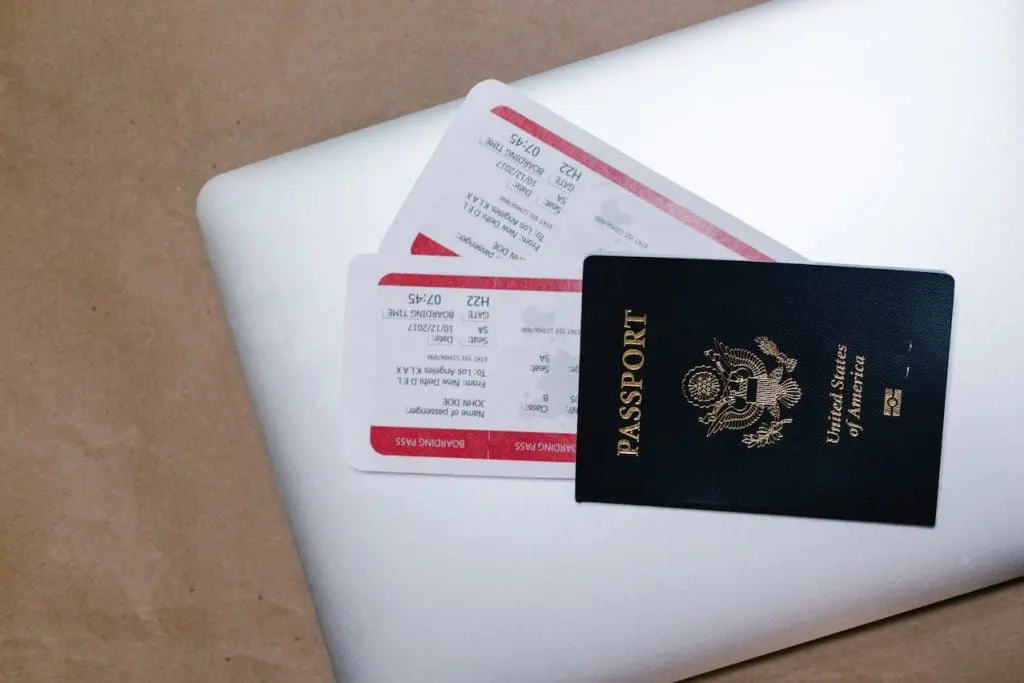As a savvy shopper, I’m always looking for ways to save money and avoid making impulse buys. Especially those occasions where I can only use my credit card for purchasing. One of my favorite methods is the “leave and come back” technique, which helps me make sure I’m buying something out of need rather than want. In this article, I will explain how to use the leave and come back method to avoid impulse buys, especially when you’re feeling like some ‘retail therapy‘, with various case examples to illustrate its effectiveness.
To begin, let’s discuss what an impulse buy is. Simply put, it is any purchase made on a whim without careful consideration or research into whether or not it is truly necessary. Impulse buys are often driven by emotion rather than logic, so they can easily lead to overspending and buyer’s remorse.
That said, avoiding these purchases isn’t always easy—especially when you see something attractive in a store or online that catches your eye. That’s where the leave and come back method comes in handy. This simple strategy involves walking away from a potential purchase after expressing interest in it but before committing to buy it outright. The idea is that if you still feel like you really need the item once some time has passed, then you can safely go ahead with the purchase knowing that it was made consciously rather than impulsively.
Let me provide two case examples of how this method works in practice:
Example 1: Let’s say I am shopping for furniture for my living room at a local store and spot an end table that looks perfect for my décor style—it’s just too good to pass up! But instead of tossing it into my shopping cart right away, I take down all of its details (price/dimensions/etc.), tell the salesperson that I need to think about it some more, and head home empty handed. A few days later after sleeping on it (literally!), I decide that yes – this end table really would be ideal for my space; so I go back to the store and pick it up along with some accessories like lamps or throw pillows since they are also now necessary items due to having purchased the table itself!
Example 2: Now imagine if instead of furniture we were talking about clothes – specifically a pair of jeans that caught my eye while browsing online one day even though they weren’t necessarily something I needed right away (I had plenty of other pairs already). After adding them to my virtual shopping cart but before checking out completely, I decide to pause there for awhile until tomorrow at least; if by then I still felt like these jeans were worth investing in then great – otherwise not so much! Sure enough 24 hours later after giving myself time to reflect on why exactly those jeans appealed so much (was there another color variation perhaps?), as well as how much wear/tear they would actually get given all the other pairs already hanging in my closet…I decided against buying them altogether thereby avoiding an unnecessary purchase.
When NOT to use this method – a special case
There is one case where I advise against this – or at least use a different strategy. When visiting an airline website, it is possible that the prices you are seeing may be temporarily increased due to a technique called dynamic pricing. This is a marketing strategy used by airlines and other online retailers to charge different customers different prices for the same product or service based on their perceived willingness to pay. By tracking users’ browsing history, airlines can determine how likely a customer is to purchase a ticket, and thus adjust their pricing accordingly. This practice can result in customers seeing higher prices when they visit the website multiple times, as the airline will increase its price if it believes the customer is more likely to purchase a ticket at that rate.

So, don’t ‘browse’ an airline’s website and get prices of tickets, speculatively. Decide on your destination and journey times BEFORE you visit the website for the first time, because the next time you visit, it is very likely that the price will have been hiked. Instead, use the advice on this post: When is a Good Time to Buy Airline Tickets?
Summary
The takeaway here? The next time you find yourself wanting something new yet aren’t sure if you actually need it or not – give yourself permission NOT TO BUY IT immediately by using this leave and come back strategy instead! Taking some extra time off between discovering an item and purchasing said item can be extremely useful when trying to differentiate between wants versus needs; plus who knows? Maybe upon returning later on down the line chances are whatever initially caught your attention won’t seem nearly as appealing anymore…saving both your wallet AND sanity in one fell swoop!
